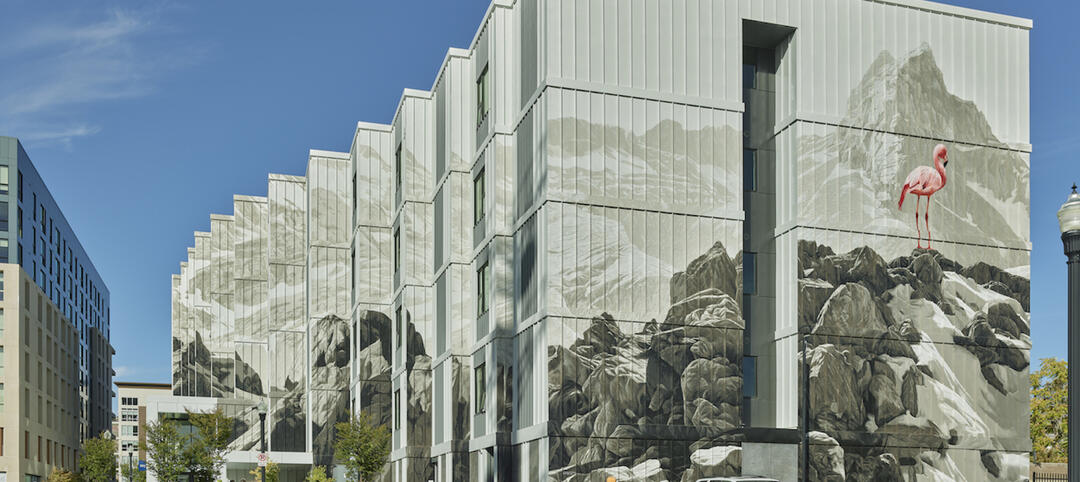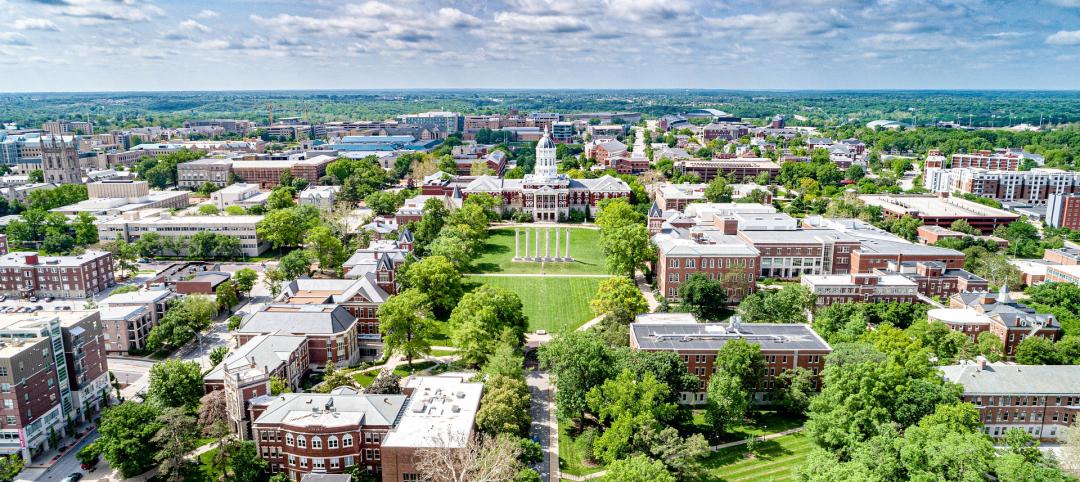A record 10.7 billion rides were taken on public transit in the United States last year. And a national survey of Americans finds that the speed, reliability, and cost, more than any other factors, determine people’s willingness and frequency of use.
The survey of 11,842 adults in 46 Metropolitan Statistical Areas, 60% of whom live in “transit progressive” cities, also found that far more Americans want to live in mixed-use, walkable communities than actually do.
“That’s significant news, not just for planners, but for the real estate industry as well,” wrote David Bragdon, executive director of TransitCenter, a New York-based public policy and advocacy organization, which conducted the poll.
Bragdon asserted that, unlike other public utilities, mass transit is “personal,” and that receptivity to using mass transit is highly dependent on riders’ relationships with it in such areas as efficiency, cleanliness, proximity to stations, and how quickly they get to their destinations.
TransitCenter concluded that transit use is, ultimately, attitudinal. But this inference is a little quirky. Baby boomers who grew up in an era of mass-transit expansion are now far more resistant to using these systems than Millennials who “embrace” mass transit, said the survey.

Graphs courtesy TransitCenter
If you’re an ethnic minority, you are more likely to be a transit rider. Nearly two-fifths of African-Americans polled use mass transit at least once a week, and 22% use it three or four times a week. More than 30% of Hispanics ride buses and trains once a week, and one-fifth use these modes three or four times weekly. In contrast, only 10% of whites ride mass transit weekly, and only 5% use these modes more frequently.
The survey also found correlations between usage and income: high-income Americans are not big riders.
Some perceptions about transit use get debunked: for example, just because you’re a parent doesn’t mean you use transit systems less, although the survey found that parents aged 30 or younger are more positively inclined towards mass transit than older parents.
Students are frequent riders, but higher education is not much of a determining factor about who uses transit systems. That being said, a neighborhood’s employment rate certainly has a positive impact on rider frequency, and the survey found that employees are using transit benefits when their employers offer them.
The top predictor of use, according to the survey, is what kind of neighborhood the person lives in. While most respondents don’t seem to be clamoring to move back into their cities’ core, “many Americans are looking for something different” from their current living environments, Bragdon said. TransitCenter, in fact, sees “widespread demand” for walkable communities, even though most of the respondents aren’t living in these currently.
Related Stories
| Aug 31, 2022
A mixed-use development in Salt Lake City provides 126 micro units with mountain views
In Salt Lake City, a new 130,000-square-foot development called Mya and The Shop SLC, designed by EskewDumezRipple, combines housing with coworking space, retail, and amenities, as well as a landscaped exterior for both residents and the public.
Mass Timber | Aug 30, 2022
Mass timber construction in 2022: From fringe to mainstream
Two Timberlab executives discuss the market for mass timber construction and their company's marketing and manufacturing strategies. Sam Dicke, Business Development Manager, and Erica Spiritos, Director of Preconstruction, Timberlab, speak with BD+C's John Caulfield.
Giants 400 | Aug 29, 2022
Top 80 Senior Living Facility Architecture + AE Firms for 2022
Perkins Eastman, Hord Coplan Macht, Ryan A+E, and Stantec top the ranking of the nation's largest senior living facility architecture and architecture/engineering (AE) firms for 2022, as reported in Building Design+Construction's 2022 Giants 400 Report.
Giants 400 | Aug 29, 2022
Top 70 Student Housing Facility Architecture + AE Firms for 2022
Niles Bolton Associates, Mithun, Gensler, and Perkins and Will top the ranking of the nation's largest student housing facility architecture and architecture/engineering (AE) firms for 2022, as reported in Building Design+Construction's 2022 Giants 400 Report.
| Aug 29, 2022
Montana becomes first U.S. state to approve 3D printing in construction
Montana is the first U.S. state to give broad regulatory approval for 3D printing in building construction.
Giants 400 | Aug 29, 2022
Top 175 Multifamily Sector Architecture + AE Firms for 2022
Perkins Eastman, Solomon Cordwell Buenz, KTGY, and Gensler top the ranking of the nation's largest multifamily sector architecture and architecture/engineering (AE) firms for 2022, as reported in Building Design+Construction's 2022 Giants 400 Report. Note: This ranking includes all multifamily sector work, including apartments, condos, student housing, and senior living facilities.
| Aug 26, 2022
Idaho Building Code Board considers gutting large part of state energy code
Idaho Building Code Board considers gutting large part of state energy code.
Multifamily Housing | Aug 25, 2022
7 things to know about designing for Chinese multifamily developers
Seven tips for designing successful apartment and condominium projects for Chinese clients.
Giants 400 | Aug 25, 2022
Top 155 Apartment and Condominium Architecture Firms for 2022
Solomon Cordwell Buenz, KTGY, Gensler, and AO top the ranking of the nation's largest apartment and condominium architecture and architecture/engineering (AE) firms for 2022, as reported in Building Design+Construction's 2022 Giants 400 Report.
University Buildings | Aug 25, 2022
Higher education, striving for ‘normal’ again, puts student needs at the center of project planning
Sustainability and design flexibility are what higher education clients are seeking consistently, according to the dozen AEC Giants contacted for this article. “University campuses across North America are commissioning new construction projects designed to make existing buildings and energy systems more sustainable, and are building new flexible learning space that bridge the gap between remote and in-person learning,” say Patrick McCafferty, Arup’s Education Business Leader–Americas East region, and Matt Humphries, Education Business Leader in Canada region.




















